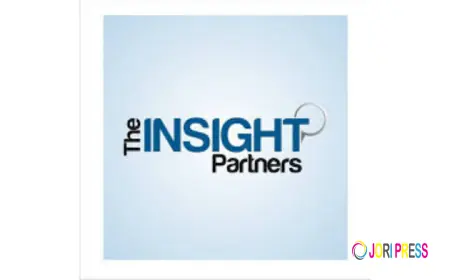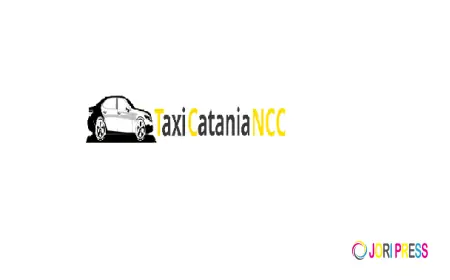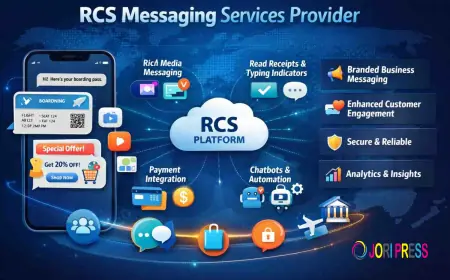How a User Access Review Template Enhances Audit Readiness

In today’s digital-first business environment, organizations face growing pressure to secure sensitive data and comply with industry regulations. A key practice that supports both objectives is the user access review process. By systematically reviewing and certifying user permissions, businesses can ensure that employees only have access to the resources they truly need. Yet, many organizations struggle to conduct access reviews efficiently and consistently. This is where a user access review template becomes invaluable—bringing structure, consistency, and audit readiness to the process.
Why User Access Review Policies Matter
A well-defined user access review policy is the foundation of access control. It outlines how often reviews should be conducted, who is responsible for them, and what corrective actions must be taken when irregularities are found. Without a clear policy, reviews may become inconsistent, leaving organizations vulnerable to unauthorized access and compliance failures.
When tied to regulatory requirements such as SOX user access review obligations, policies ensure that companies can prove to auditors that access rights are granted appropriately and reviewed regularly. This is not just about compliance—it’s also about reducing risk and protecting data integrity.
The User Access Review Process
The user access review process typically follows a structured series of steps:
-
Inventory Accounts and Permissions: Identify all user accounts across systems, applications, and cloud platforms.
-
Validate Permissions: Confirm that access aligns with the user’s job role and responsibilities.
-
Identify Exceptions: Detect accounts with excessive, unused, or conflicting permissions.
-
Remediate Issues: Adjust or revoke access where necessary.
-
Document Findings: Maintain clear records to demonstrate compliance and readiness for audits.
This process can be manual and time-intensive, especially in large enterprises. That’s why many organizations turn to structured templates to streamline it.
The Value of a User Access Review Template
A user access review template provides a standardized framework for conducting reviews across departments and systems. Templates typically include sections for listing users, detailing access rights, identifying anomalies, and recording corrective actions.
The benefits of using a template include:
-
Consistency: Every review follows the same format, reducing the risk of oversight.
-
Efficiency: Predefined fields speed up data collection and reporting.
-
Audit Readiness: Well-documented records make it easier to demonstrate compliance to auditors.
-
Accountability: Templates clarify responsibilities by identifying reviewers and sign-offs.
Federated Identity Access Management and Access Reviews
As enterprises embrace cloud-first strategies, federated identity access management has become critical. It allows employees to use a single set of credentials across multiple applications and platforms. While federated IAM simplifies user experiences, it also means that access reviews must account for permissions spread across various systems.
Integrating federated IAM with structured access review templates ensures that all entitlements—no matter where they reside—are captured in one place. This reduces blind spots and strengthens overall governance.
Strengthening Controls with Identity Access Management
Modern identity access management solutions are designed to centralize identity governance, enforce role-based access, and automate deprovisioning when users change roles or leave the organization.
These solutions, combined with standardized review templates, create a comprehensive approach to security. For example:
-
Automated data feeds populate templates with user information.
-
Reviewers validate access in a consistent format.
-
Results feed back into IAM systems for immediate remediation.
This tight integration ensures that reviews are not just a compliance exercise but an active component of security strategy.
Risk Assessments and Deprovisioning
A critical component of security is conducting regular identity and access management risk assessments. These reviews evaluate the effectiveness of existing controls and highlight vulnerabilities, such as accounts with excessive privileges or inactive users who still retain access.
Here, deprovisioning plays an essential role. Timely removal of access when users leave the company or switch roles prevents dormant accounts from becoming gateways for insider threats or external attackers. Templates that include deprovisioning checkpoints ensure that this step is never overlooked.
Audit Readiness Through Documentation
Auditors need proof, not just policies. A standardized user access review template provides exactly that—clear, consistent documentation of reviews, approvals, and corrective actions. This reduces the time spent gathering evidence during audits and ensures that organizations can confidently demonstrate compliance with regulations such as SOX, HIPAA, or GDPR.
Audit readiness also means that reviews are performed not just on paper but in practice. Templates provide the audit trail, while supporting tools and processes ensure that risks are actively addressed.
Future-Proofing with Automation
Looking ahead, automation will continue to transform access reviews. Instead of relying on manual updates, organizations will integrate AI-driven anomaly detection into their identity access management systems. These technologies can flag unusual access patterns, suggest corrective actions, and automatically update review templates.
This evolution will not replace templates but will enhance them—ensuring that access reviews remain accurate, efficient, and scalable even as IT environments grow more complex.
Conclusion
A user access review template is more than an administrative tool—it is a vital component of audit readiness and enterprise security. By aligning with a strong user access review policy, conducting regular SOX user access reviews, and integrating with federated identity access management, organizations can strengthen both compliance and security outcomes.
When paired with modern identity access management solutions, risk assessments, and timely deprovisioning, templates ensure that organizations remain resilient against threats while satisfying regulatory demands. Enterprises leveraging platforms like Securends gain an added advantage by embedding automation and intelligence into this process, making audits smoother and security stronger.
By standardizing access reviews, documenting actions, and streamlining remediation, organizations can not only pass audits with confidence but also protect their most valuable digital assets in an increasingly complex IT landscape.
What's Your Reaction?
 Like
0
Like
0
 Dislike
0
Dislike
0
 Love
0
Love
0
 Funny
0
Funny
0
 Angry
0
Angry
0
 Sad
0
Sad
0
 Wow
0
Wow
0

















































